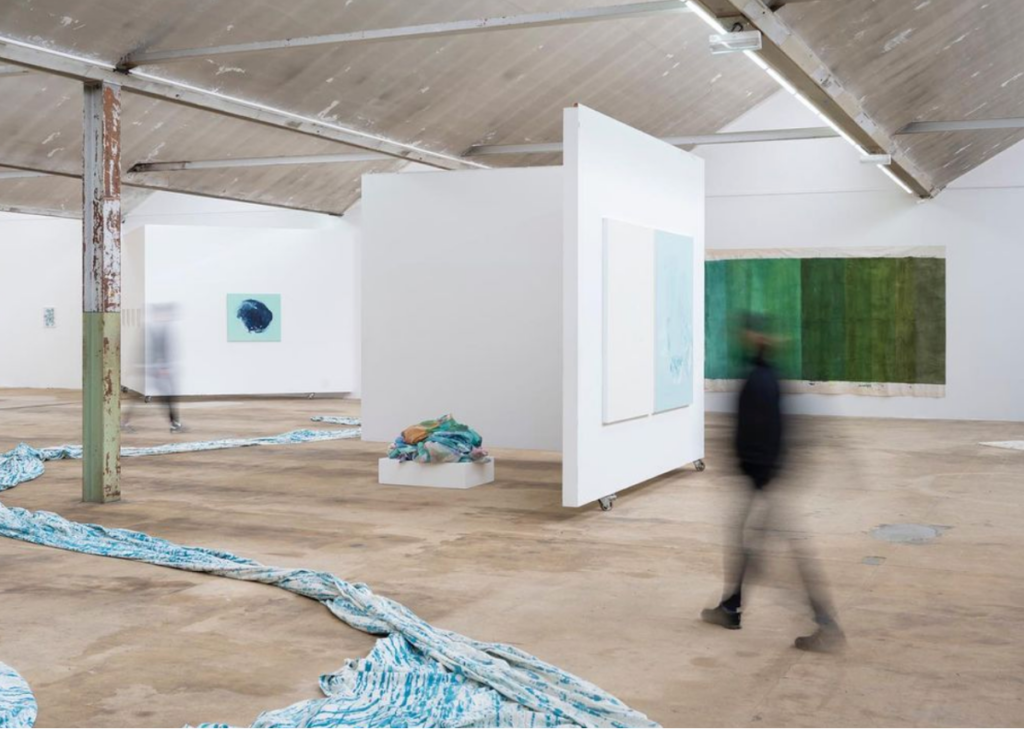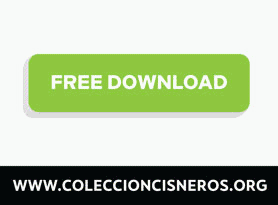
Installation view How About Now, FABRIKculture, 2024. Photograph: Leah Studinger
Someone once told me that great works of art were probably in the trash or abandoned in a warehouse.
It is possible to think about such a disclaimer when you realize that the dissemination of artistic creations is largely influenced by certain factors, such as a system of appraisals, the art market, and critical judgment that decides which art is legitimate and should be displayed to start the chain of validations surrounding an artistic production.
How About Now was a curatorial proposal by Raphael Reichert and Leah Studinger that gathered more than 35 artworks of different formats from artists with diverse backgrounds and generations like Lynn Catania Voeffray, Mariejon de Jong-Buijs, Mario Kull, Nara Pfister & Mirzlekid, Simon Wyss.
The exhibition took place at FABRIKculture (10.03.-07.04.2024), a laboratory space open to contemporary art exhibitions located in the nearby town of Hégenheim, France.
How About Now takes on the challenge of diving into a series of works that possess a distinct character from the moment of their creation, whether it be in the art studio or the sketches that mark their conception. Either the whirlwind of the art market or a list social topics, conditions production and the creative vocation, forcing artists to produce certain kind of art in order to fill in a cultural agenda of themes and market value to ultimately obtain some grants. The accelerated pace of an exhibition program does not allow space to reflect on the artist’s processes, and is usually forced to comply with or adapt to predictable and overwhelming conditions.
As curators and organizers, Raphael and Leah nonetheless presented a refreshing exhibition proposal that deviates from conventional practices and emphasizes the undiscovered, the unveiled, which undoubtedly represents the most valuable aspect of the artist, without being displayed, cataloged, or reviewed. They chose to go beyond the usual rules and urgent needs of the market and consider other important factors that value art into a more deep and expanded criteria . This made the exhibition proposal unique and daring. They achieved this by articulating practices that could be compared to what would happen in an art space in a South American country without a budget or plenty of commodities. I strongly identify with the proposal made by these young curators in How About Now, a title that conveys the idea of not delaying and embracing the future regardless of the circumstances. Now or never, as we say in Spanish.
Discussions about good curatorial and exhibition practices in relation to the economic structure of a system like art always remain unfinished, and we begin anew with its rhetoric. To continue this controversial and never ending conversation I wanted to ask Raphael and Leah about some impressions and experiences from organizing the exhibition:
Ileana Ramírez: What does it mean to curate a large-scale exhibition like HOW ABOUT NOW?
Raphael Reichert and Leah Studinger: It was definitely the biggest curatorial project we did so far. A big challenge was to do it without a budget. As we were mainly Swiss people involved in a project in France, it would not have been easy to receive public funding, so we decided to do it without. Thankfully, the artists were fine with not receiving an artists’ fee. We tried to make up for this by taking care of pretty much everything, like transportation and setting up the exhibition by ourselves.
What helped a lot in mastering the task of working with such a big space was to use the exhibitions of established institutions as a reference.
Like this, we did not have to invent something completely new when it came to material like the exhibition text, press release, flyer image, social media content and so on.
We think having a strong reference to other projects that you like helps a lot in creating a new project.
IR: How was the reaction from the artist when you asked to see those works of arts that were either hidden or undercover?
RR and LS: In the beginning, there was a bit of shyness or reservedness in the reaction of the artists. Fortunately, this didn‘t last long and as soon as the confidence and the spark was ignited, they let us dive into their “archives” and were eager to share their fascination.
This ended up with the artists being very happy about our concept, as they were finally able to show work that has been sitting around in their studios and storage spaces for too much of a long time.
IR: When you bring to light these works and you act as a curator, do you feel like maybe you are getting into a circle of criticality conditioned by structural discussions in the art world?
RR and LS: This completely depends on the way you work as an artist. One realization during our research was that mainly artists that work with drawing and painting tend to ‚overproduce‘, with more works remaining hidden to the public than in other media, for example, installation or video. Yet we included two video works out of a series of 5, where the two exhibited haven’t been shown before.
Personally, we usually work project-wise and have a lot of conceptual work for which material has already been produced/collected, but the works itself won’t be finished, until there is a place to show it. This methodology is not only a way to save time and resources but also a response to the exhibition phenomenon discussed earlier, which served as the foundation for the entire concept.”.
IR: What are the limits to showing what you are actually willing to do and not to just be conditioned on others requirements?
RR and LS: One answer to this question could be plain and simply: money. A second one could be exhibition opportunities. They both limit what you actually want to do.
If you can‘t find anyone to finance your controversial, “un-pleasing people”, but also super expensive project, you‘ll never be able to produce it. If no one likes your work, you‘ll never be able to show it.
We have really tested where our personal limits are, and we can therefore also say with a clear conscience that, despite all the honor and feedback we have received, the effort is rarely worth it without support or professionalization if you only empty your own wallet and run the risk of burning out more quickly.
May, 2024


